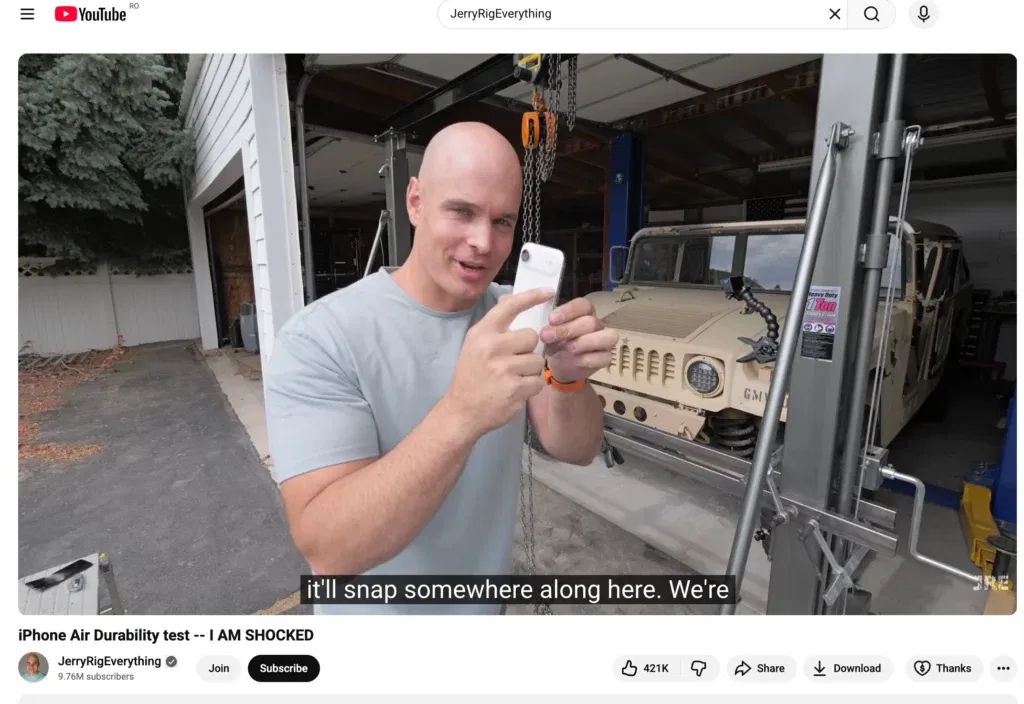User-generated content (UGC) refers to any type of content that’s generated by users. This can include reviews, comments, testimonials, etc.
Usually, brands launch a campaign to encourage the creation of such content, considering how effective it has become over traditional marketing models.
However, UGC comes with its own challenges that can water down the essence of such strategies if left unmoderated.
We’ve identified most of those challenges and will aim to answer the question, why is content moderation important for user-generated campaigns? As well, you’ll learn some top practices to help you moderate your UGC campaigns effectively.
Table of Contents
What Are the Risks of Leaving UGC Campaigns Unmoderated?
Some of the main risks of leaving user-generated content campaigns unmoderated include:
Harmful or Inappropriate Content
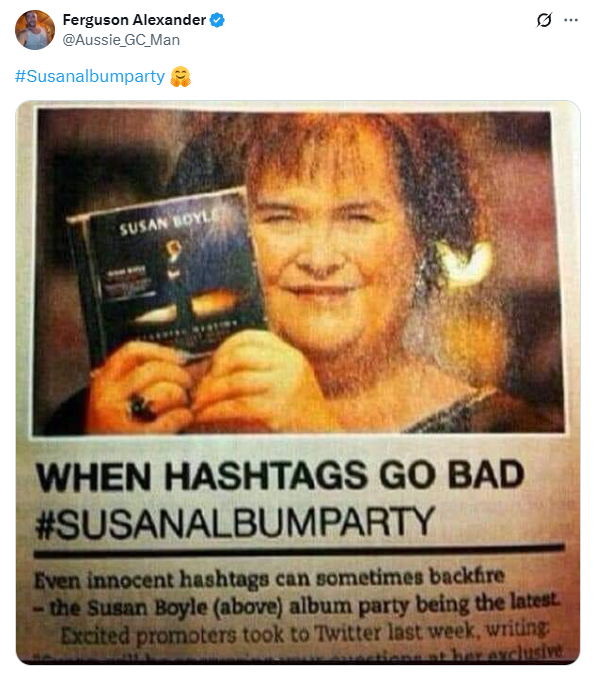
Even if some instances of problematic and harmful content weren’t made by the brand itself, allowing hate speech, violence, nudity, and similar content to proliferate will harm your brand’s reputation.
Some campaigns are more susceptible to this kind of inappropriate content. A legendary example is the unfortunately named #susanalbumparty hashtag, meant to promote Susan Boyle’s exclusive album-listening party for her 2012 release.
Despite the innocent intent, many people read the hashtag as a sexual innuendo, attracting derision and inappropriate jokes.
Disinformation
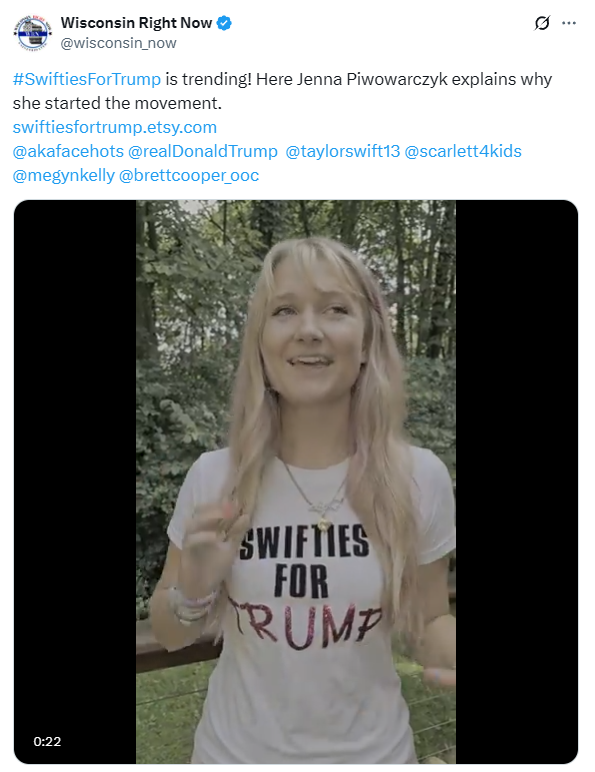
Some users may, usually by accident, spread disinformation about your brand or product that runs against the intended message.
A notable recent example was the brief spread of #SwiftiesForTrump and similar hashtags following Donald Trump’s posting an AI-generated image of Taylor Swift in August 2024, implying that she endorsed his campaign.
Although Swift was quick to counter this with a public announcement, this managed to kickstart a brief but intense disinformation campaign.
Harms Competitor Relations

Some users may use derogatory words or disinformation against your competitors, creating conflicts that may not be in your interest—this is sometimes even done on purpose.
A common example of potentially damaging content is also reviews that, instead of discussing your own product or service, use the platform to almost exclusively disparage a competitor.
Fake Reviews
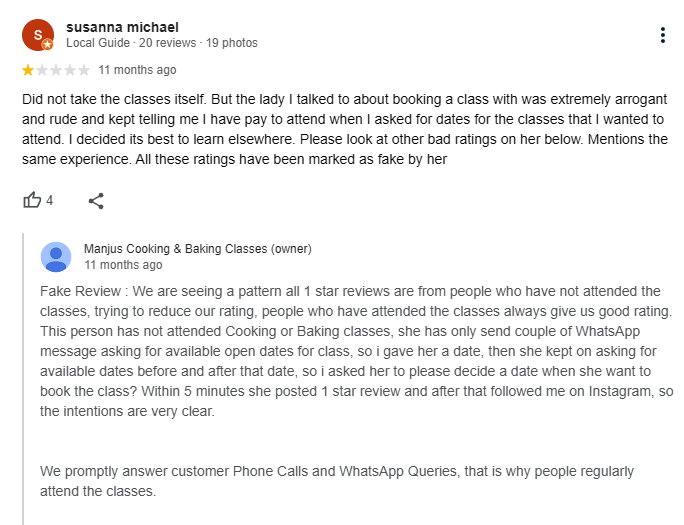
Unethical competitors may use the campaign to bomb your brand with negative reviews on platforms such as Google Reviews or Amazon.
Spam
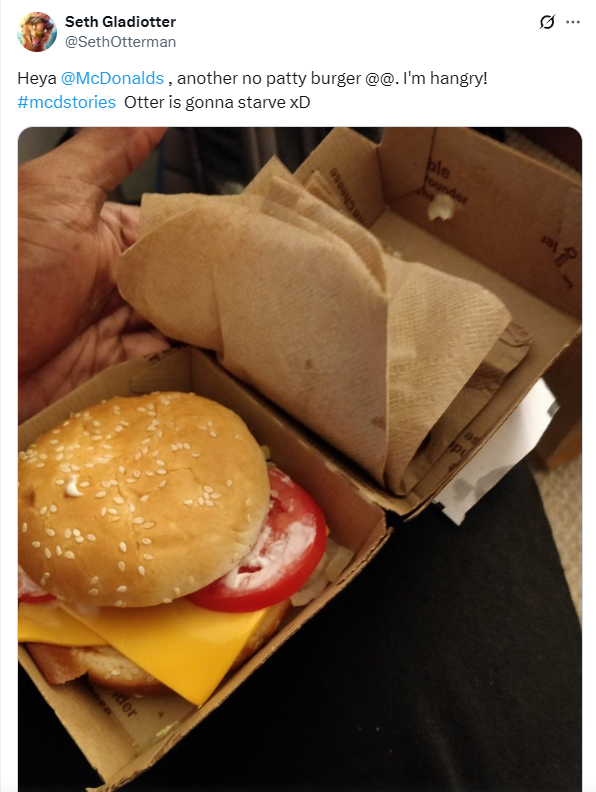
If you’re encouraging UGC on your own site, platform, or forum, as well as social media platforms, you may get spammed with large quantities of irrelevant content that will make other users less likely to engage.
Major brands tend to be particularly vulnerable to mass spam campaigns, usually as a result of unpopular business decisions prior to the campaign launch, or a bad reputation overall.
An example was McDonalds’ #mcdstories hashtag campaign, which meant to encourage customers to post touching, intimate stories of their experiences with the brand. Instead, what they got was a torrent of merciless critique.
What Are the Benefits of Content Moderation for UGC Campaigns?
Now that we’ve considered the possible downsides of not applying it, why is content moderation important for user-generated campaigns in terms of upsides?
Apart from preventing the issues laid out above, moderation is important for user-generated campaigns due to these benefits:
Legal Compliance
UGC creators own the rights to the content they create and are responsible for any potential legal breaches, such as copyright or privacy infringement, offensive content, or false advertising. Still, reposting such content or using it in ad material may also make you partially liable.
Brand Monitoring
Getting rid of irrelevant, spam content through effective moderation leaves you with relevant, authentic customer feedback that’s invaluable for analytical purposes. You can use relevant UGC to identify consumer trends or the public perception of your brand, which is crucial for building an effective marketing strategy.
Boosts Web Traffic
Spam, vulgar or inflammatory language, and malicious reviews can drop your brand’s SEO score, negatively affecting your site’s rating and reputation. Effective content moderation helps keep your brand’s search engine rating from being penalized, ensuring only high-quality UGC gets indexed. Combined with link building services, this creates stronger rankings and drives a steady flow of organic and referral traffic.
Brand Advocacy

User-generated content campaigns allow your customers a chance to act as brand advocates, essentially doing free marketing for your brand. Content moderation is crucial to help their advocacy stay in sync with the brand’s message.
Patagonia, an outdoor clothing brand, is well-known for its ability to turn a steady supply of user-generated content into a vessel for brand advocacy. This is guaranteed by its loyal customer base, attracted by the company’s quality products and commitment to the environment.
Prevents Campaign Hijacking
Malicious competitors may use branded hashtags or relevant keywords to hijack your campaign by posting spam or harmful content that can damage your brand’s reputation. A well-moderated campaign is one of the sole guarantees that this won’t happen.
A high-profile example of a campaign hijack is the New York Police Department’s #MyNYPD hashtag campaign, where they tried to encourage citizens to post personal photos with NYPD police officers. Instead, in an ironic twist, the hashtag became associated with posting incidents of police brutality on behalf of the NYPD, as well as other scandals.
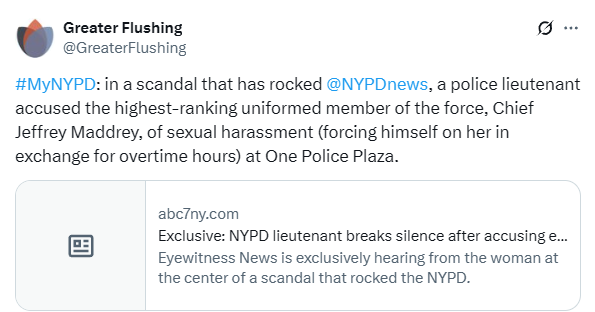
Top UGC Moderation Practices
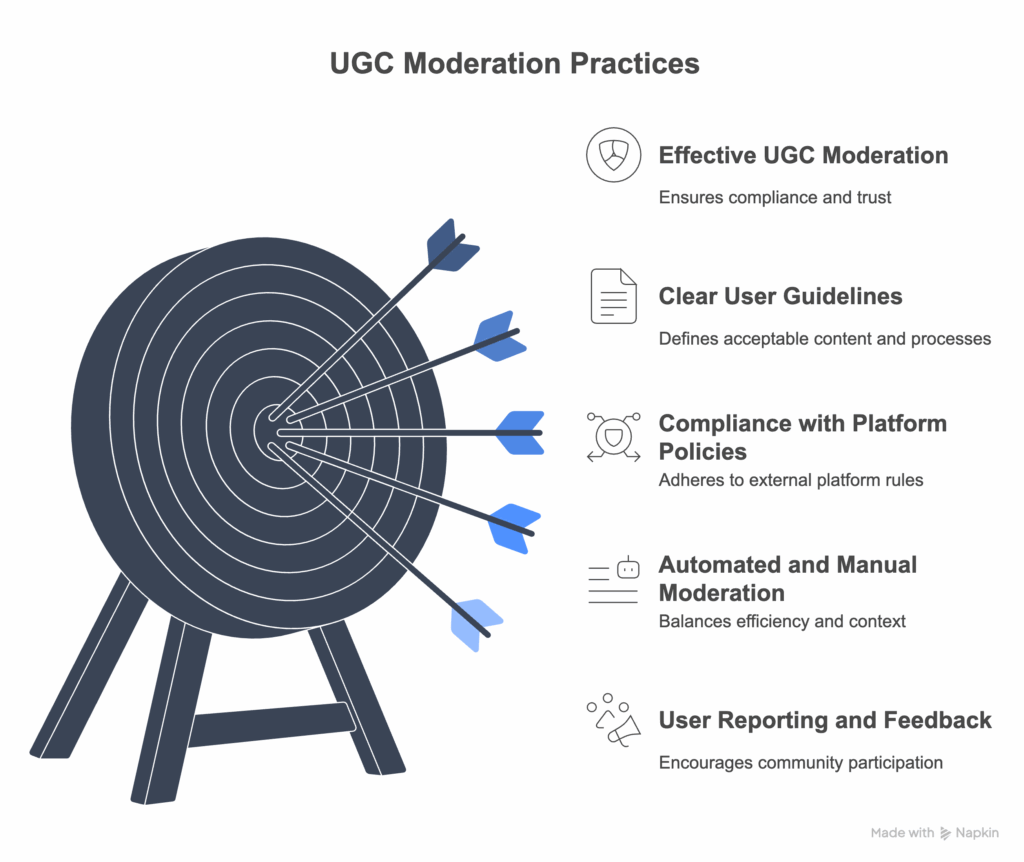
We’ve familiarized ourselves with the importance of content moderation, but you need to be aware of the best practices in the field to effectively reap its benefits. Here are some of the tried and tested practices to apply to your moderation strategy:
1. Provide Clear, Transparent User Guidelines
You can’t expect your users to comply with UGC guidelines unless they’re laid out in a clear, transparent way, taking user experience into account. They should be posted in an easily visible and accessible place where everyone involved in the campaign can see them. You should also define your full expectations without getting too wordy.
Some of the main points you should include in the guidelines are:
- Clearly and precisely defining what content is or isn’t acceptable.
- Describing the flagging and complaint process, telling users what to expect in case their content gets flagged, and how they can issue a complaint.
- Listing the possible penalties for various violations.
2. Ensure Full Compliance
Your user-generated content campaigns can sometimes encourage users to post their UGC on third-party platforms, such as Twitter, TikTok, or YouTube. In these cases, it’s necessary to comply with platform-specific guidelines, too, apart from your own.
A disclaimer directing users to read platform-specific policies is essential.
In case the content still ends up violating the platform’s policies, the best course of action is to remove it directly in case the violation is severe enough. This avoids any potential issues with the platform. Of course, ensure full transparency about the action to maintain customer trust.
3. Use a Mix of Automated Moderation Tools and Manual Moderation
Automated moderation is necessary for any large-scale campaigns, but it can also miss out on context, leading either to false positives or actual policy breaches passing under the radar.
Ideally, you should use a selection of automated tools, such as BrandVerity for policy monitoring, combined with a team of human moderators scaled to the size of your campaign.
4. Encourage User Reporting and Feedback
Encouraging community participation in content moderation ensures that some weight is taken off your moderator team’s shoulders. Apart from that, active participation in moderation helps your community members familiarize themselves with the rules in a direct, hands-on way, increasing overall compliance standards.
5. Define Your Campaign’s Moderation Workflow
Concrete details of the campaign you’re running, such as the platform, goal, and call to action, all determine the limits of the degree to which you can moderate user-generated content.
For example, while you may have full control of the content that’s published on your website after submitting a form and have full disclosure in deciding whether to publish it or not, this may not be the case for Twitter posts shared as part of a hashtag contest. In these cases, you are limited to reactive moderation—moderating content that has already been published.
Depending on these factors, your moderation workflow may look entirely different. Whatever the case, you should document the entire process and disclose it to your moderator team.
Get Professional Help With Your User-Generated Content Campaign
Effective content moderation isn’t just about damage control: it’s a strategic investment that protects your brand reputation, ensures legal compliance, improves SEO performance, and maintains the integrity of your marketing campaigns.
By implementing clear guidelines, utilizing both automated and human moderation, encouraging community participation, and establishing a well-defined workflow, you can harness the power of user-generated content while minimizing its inherent risk.
Still, setting up these guidelines isn’t always straightforward—if you’re unsure of what you need, why not talk to experts?
With numerous successfully launched or revamped partner programs under our belt, Vivian Agency hosts a team of digital marketing experts who are ready to answer any of your questions.
Contact us right away, or book a call if you’d like to chat!

